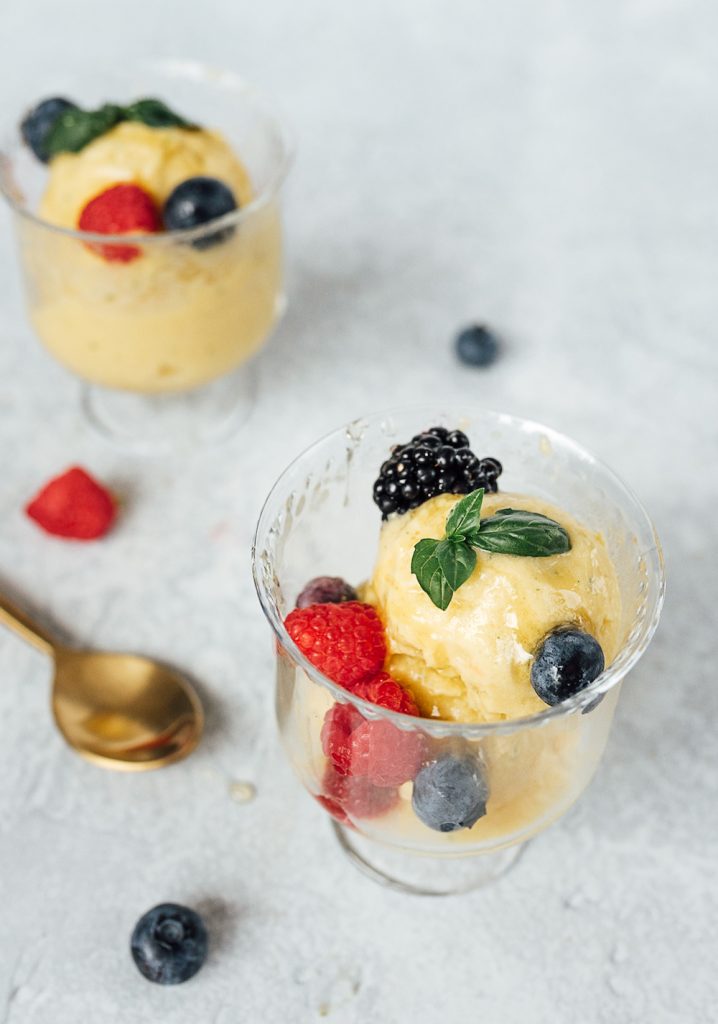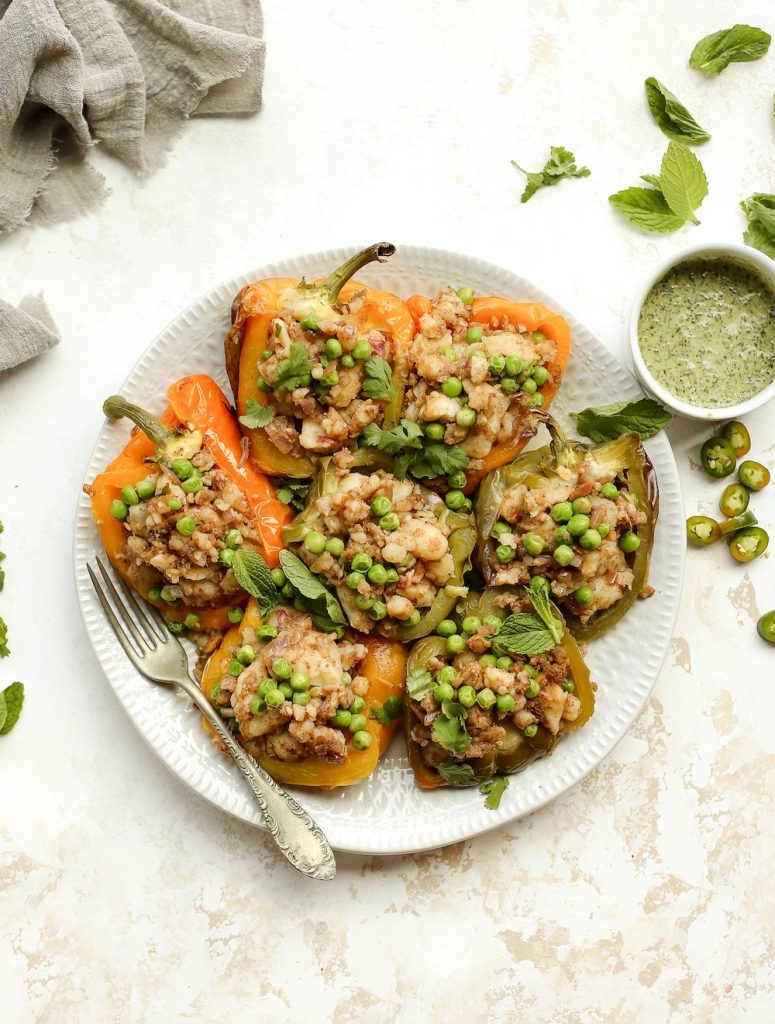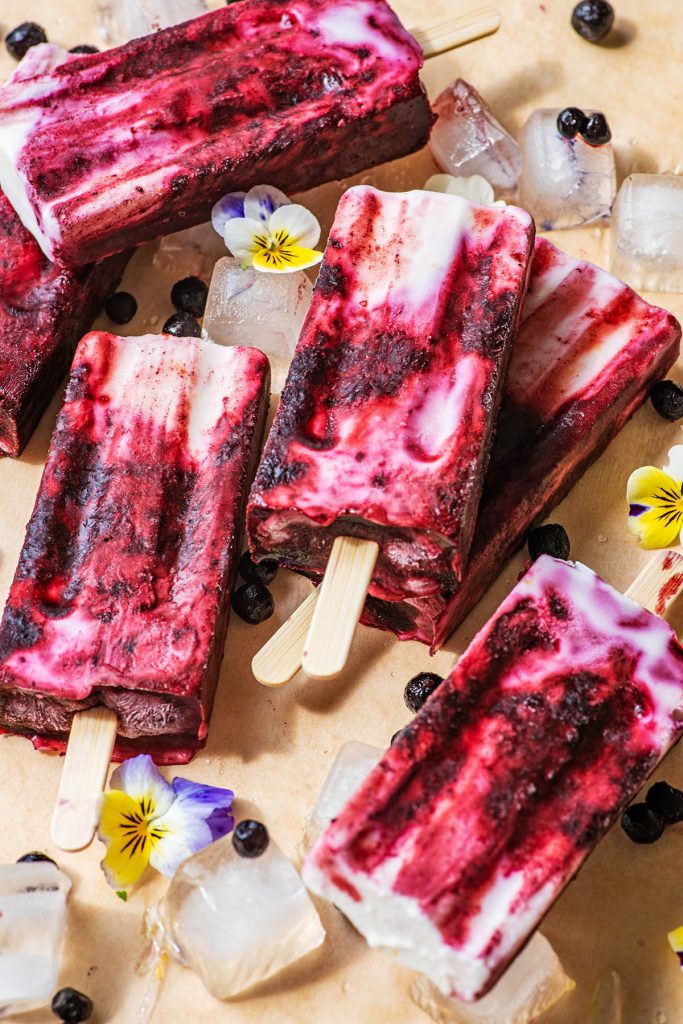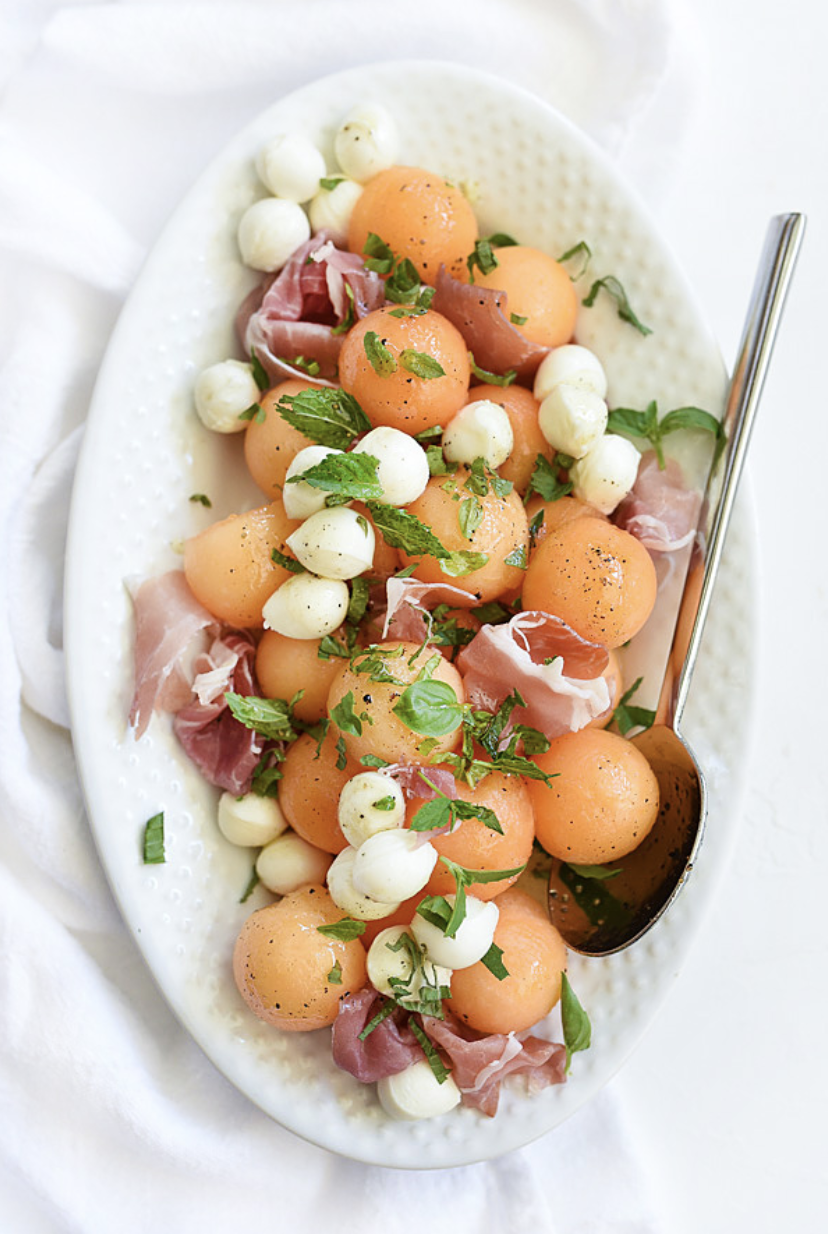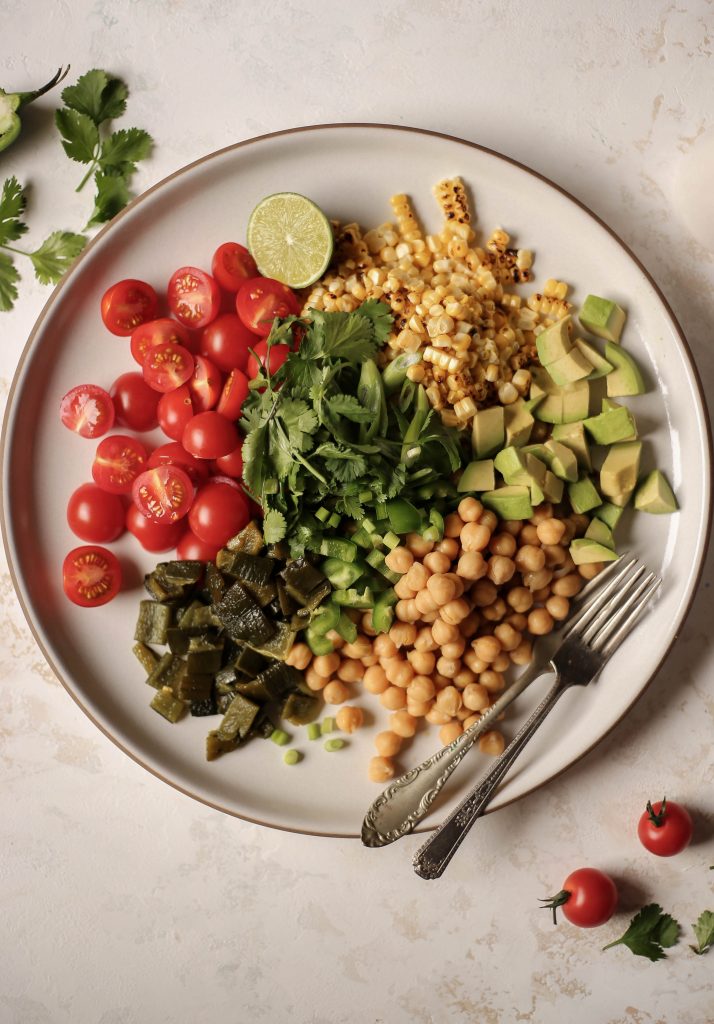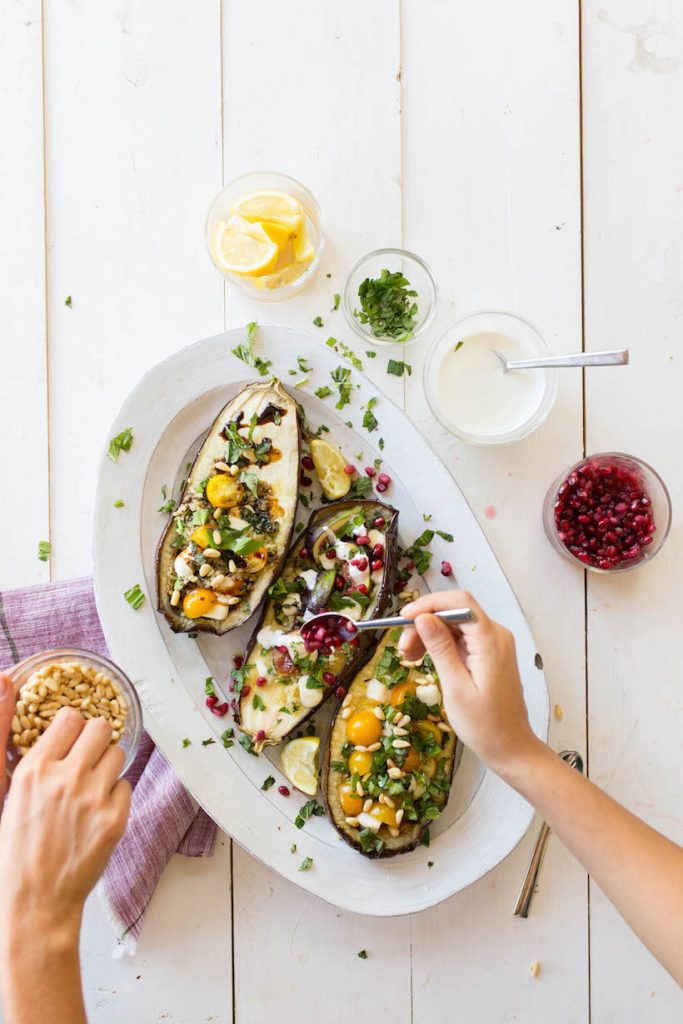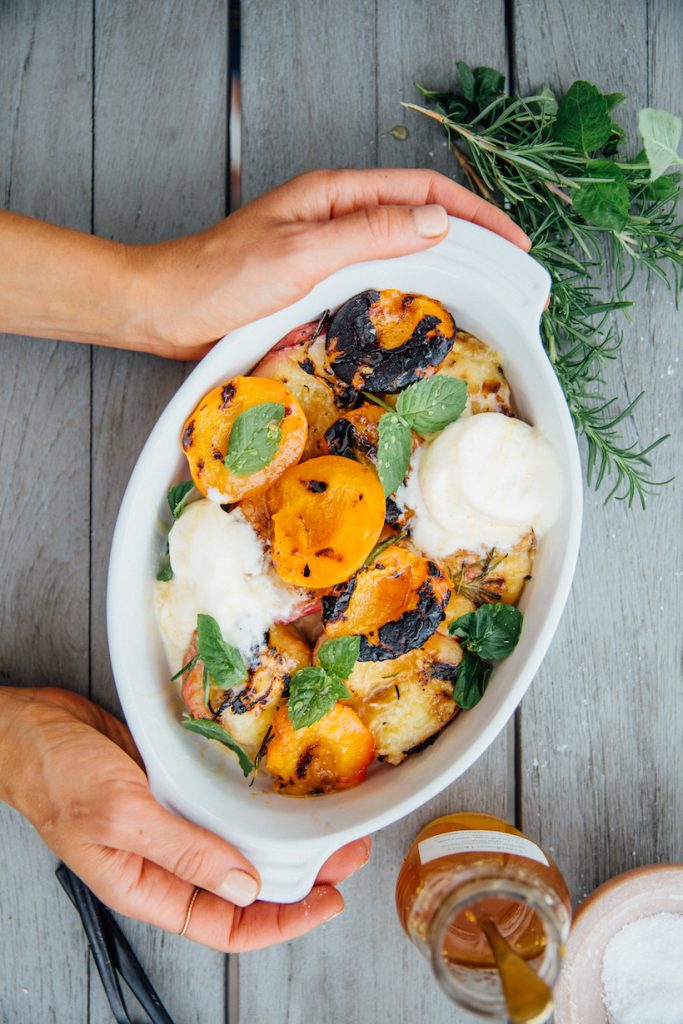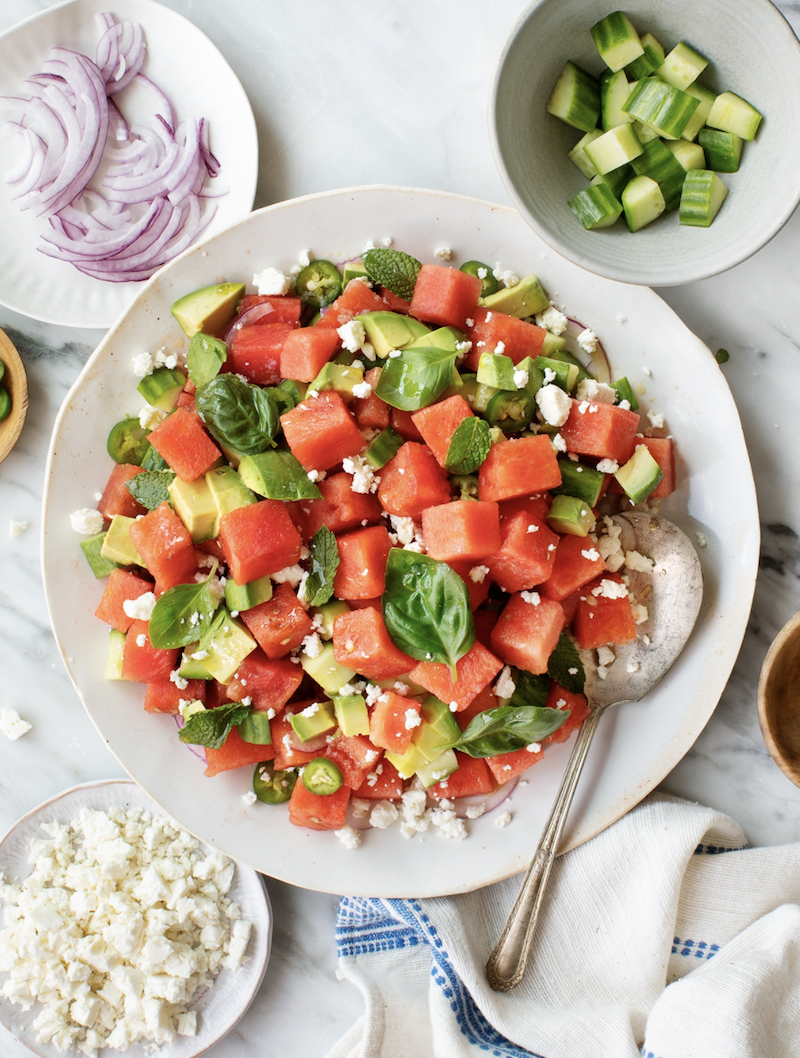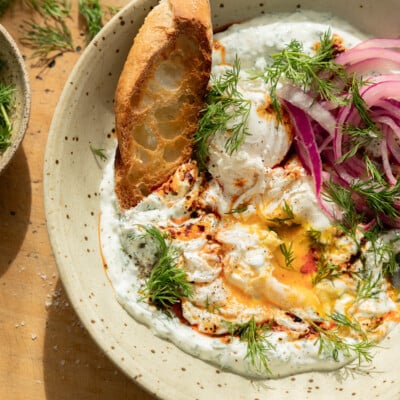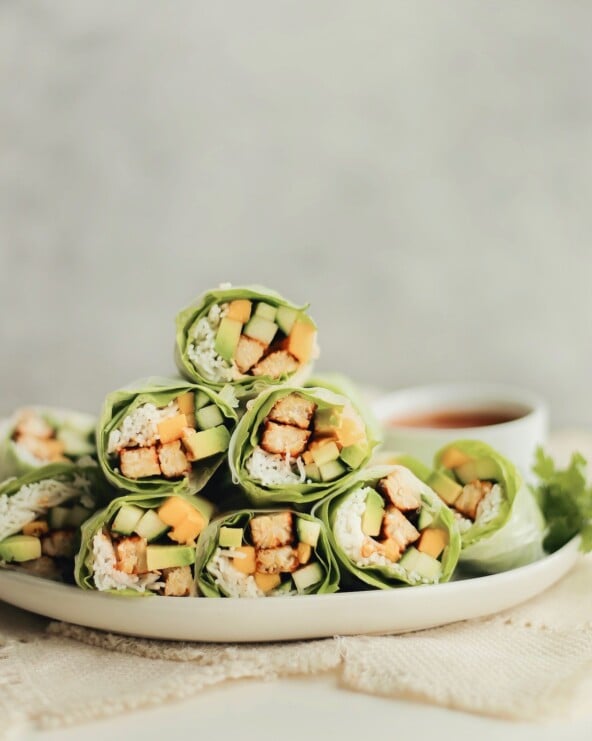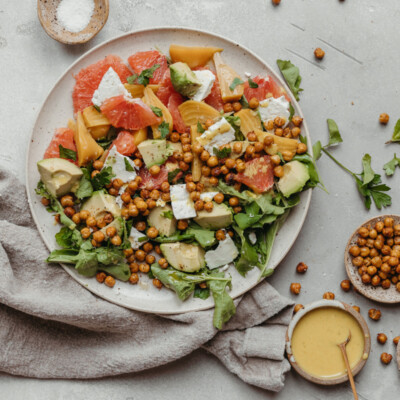My favorite thing about summer? While there’s so much to choose from (the warm temps, the long nights, and the season’s easy, breezy energy), I have to say—the produce wins out. From vibrant peppers and sweet tomatoes to gem-like berries and juicy watermelon, food simply tastes better. With June’s welcome arrival, it’s now time to add more variety to your plate. Think fresh strawberries, fragrant basil, and grilled corn.
With a few simple swaps, it isn’t hard to let your creativity run free in the kitchen. New recipes and delicious flavors are here to inspire, plus an uptick in vitamins and minerals is always a nice bonus. So, let’s find out what fruits and vegetables are in season in summer, how to buy them, and what to cook with them.
(Psst… In need of more recipe inspo? We’ve got you covered—it’s outdoor entertaining season, after all.)
Featured image by Michelle Nash.
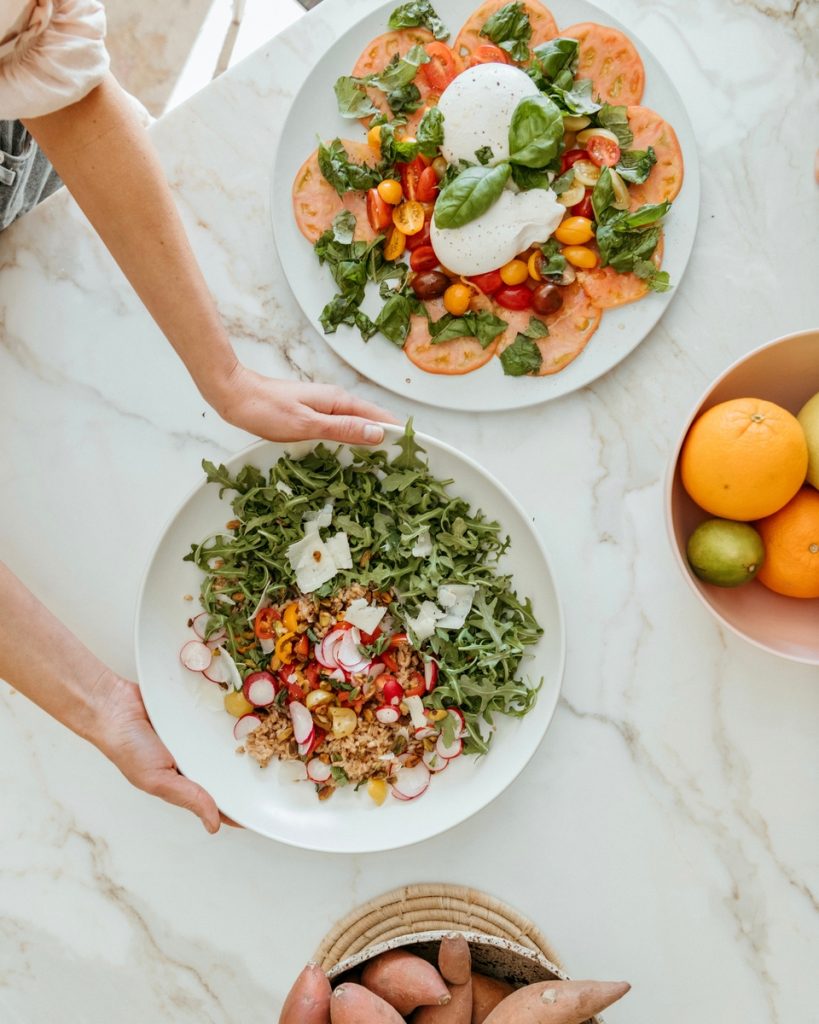
Eat the Rainbow
Speaking of health, summer produce is packed with antioxidants and phytochemicals. It’s colorful for a reason! Bright colors in natural foods (tomatoes, carrots, leafy greens, etc.) contain polyphenols—and polyphenols help prevent disease. These compounds are found in all kinds of plants. Consuming them regularly has been associated with a reduced risk of many chronic illnesses.
In most cases, the deeper the color, the more nutritious the food. For example, blueberries help keep your mind sharp, and tomatoes are linked to a decrease in prostate cancer. To get the maximum disease-fighting power of these phytochemicals, eat the rainbow. And in the summer, eating the rainbow tastes so good.
What Is Seasonal Eating?
Seasonal eating is consuming food at peak harvest. Said differently: It’s fresh produce that’s in-season, whether you buy it or grow it. For example, stone fruit shines from May through October—peak summer produce. Digging into a stone fruit salad with basil, in June, is seasonal eating. Grow your own cucumbers? Et voilà, you’re eating with the seasons.
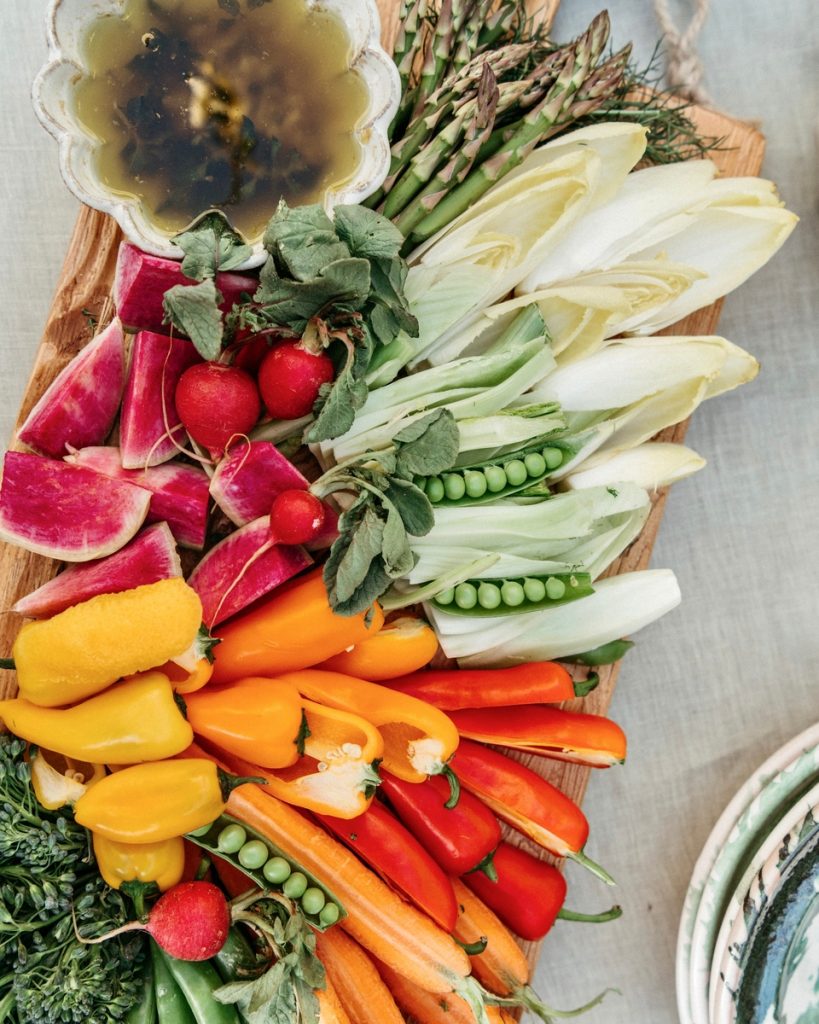
Why You Should Eat With the Seasons
Thanks to modern-day agriculture and technology, food is easily transported all over the world. Because of this, most metropolitan grocery stores carry the same produce, year-round (i.e., apples in spring and humungous strawberries… always). While this aids in access, it makes it harder to distinguish between what is grown in season, versus not. You can use this Seasonal Food Guide to learn more about what fruits and veggies are grown across the United States, by month.
At any rate, there are so many benefits to eating with the seasons.
- Foods consume during their appropriate seasons are more nutritionally dense. In a study evaluating vitamins in broccoli, it was found broccoli that’s grown in the fall (its peak season) had more vitamin C than broccoli grown during the spring. Beyond nutrition, fruits and veggies cultivated during their natural growing season have much more flavor and ripeness.
- Eating seasonally helps you support and connect with your local community. Across the United States, there are many CSAs (community-supported agriculture), in which you can purchase a box of fruits, veggies, and proteins that are grown in season. That said, “locally grown” signs or stickers at the grocery store will indicate what’s in season.
- Eating seasonally is more economical. When a fruit or veggie is in season, there is an abundance. In turn, it’s available at a lower price. Also, produce grown close to home costs less money to transport it, culminating in a lower overall cost at purchase (also a win for the environment). Lastly, when you support local farmers and growers, that money stays in the community and subsequently helps stimulate local economies.

What Fruits and Vegetables Are in Season in Summer?
Click on each ingredient below to go straight to that section:
How to Buy Basil
There are a few different varieties of basil, but you want to choose a flagrant, voluptuous bunch with bright green, unbruised leaves. Sweet basil is most popular, but Thai basil is pungent and has purple hues. To keep basil fresh, prepare it like a flower bouquet.
What to Cook with Basil
4-Ingredient No-Churn Mango Basil Ice Cream
Why We Love It: Deliciously indulgent ice cream minus the dairy? We’re here for it! Forget your reservations when it comes to making your own ice cream—this recipe couldn’t be easier. Simply blend up the mango, coconut milk, and maple syrup, add your chopped basil, and freeze.
Hero Ingredient: With four stand-out ingredients, it’s hard to choose. But we love that the maple syrup gives you a naturally-sweet scoop and lets the mango flavor shine.
Get the recipe for 4-Ingredient No-Churn Mango Basil Ice Cream.
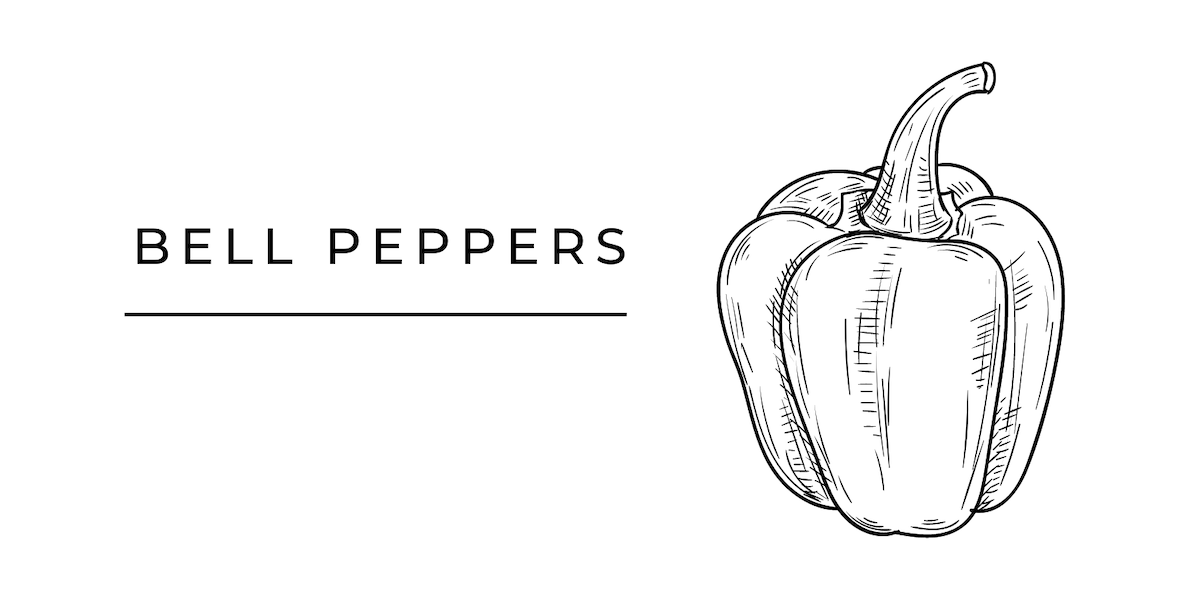
How to Buy Bell Peppers
When it comes to buying bell peppers, select firm, crisp bell peppers that feel dense. You want to avoid any that are shriveled or have soft spots. Depending on the recipe you’re making, size and shape matter. For example, choose round, block-shaped peppers if you’re making a stuffed peppers recipe.
What to Cook With Bell Peppers
Samosa Stuffed Bell Peppers
Why We Love It: When bell peppers take center stage, you know you’re in for a treat. Plus, with a vitamin-packed vessel holding the dish together, you know you’re getting all the good stuff in one totally-addicting package. Any bell peppers will do (yellow, red, orange, and green). If you can find heirloom bell peppers at your local grocery store or farmer’s market, they are equal parts beautiful as they are packed with vitamin C. Soft, summery sweetness awaits.
Hero Ingredient: Peeled and chopped ginger gives your filling a beautiful, spicy-sweet bite, and in turn, the whole dish benefits.
Get the recipe for Samosa Stuffed Bell Peppers.

How to Buy Blueberries
When you buy fresh blueberries, most come in a plastic or cardboard carton. Look for berries that are firm, dry, and smooth-skinned. Like bell peppers, you don’t want shriveled or soft spots. Although size isn’t an indicator of peak harvest, color is. Blueberries should be a deep purple-blue hue.
What to Cook With Blueberries
Blueberry Swirl Coconut Milk Popsicles from Occasionally Eggs
Why We Love It: These creamy vegan blueberry coconut milk popsicles are swirled with sweet berries and tart lime zest for a beautiful, fresh summer dessert. This dessert is surprisingly simple, with just under seven ingredients. Using full-fat coconut milk and fresh blueberries is key. That said, any type of berry will do.
Hero Ingredient: While you’re welcome to use any type of yogurt for the base, coconut yogurt is a great, no-dairy option that lends a little tang to your popsicles, balancing out the maple syrup’s sweetness.
Get the recipe for Blueberry Swirl Coconut Milk Popsicles.

How to Buy Cantaloupe
Every wonder how to tell if a cantaloupe is fresh? Same—and I can guarantee we’re not alone. The best wait to pick a cantaloupe is by smell. It should have a sweet, slightly musky scent. A good cantaloupe also feels heavy for its size, along with a rind that resembles raised netting. When you press on the stem (or where the stem was removed), it should give slightly when pressed with your thumb.
What to Cook With Cantaloupe
Cantaloupe and Mozzarella Caprese Salad from Foodie Crush
Why We Love It: This is a simple twist on the classic Caprese salad. Sweet balls of cantaloupe sub for tomatoes and pair nicely with salty shaved prosciutto. This recipe is brimming with flavor and texture, and it packs a protein punch.
Hero Ingredient: We’re suckers for a sweet-savory salad, and the lightly acidic, white balsamic vinegar really sends that home.
Get the recipe for Cantaloupe and Mozzarella Caprese Salad.
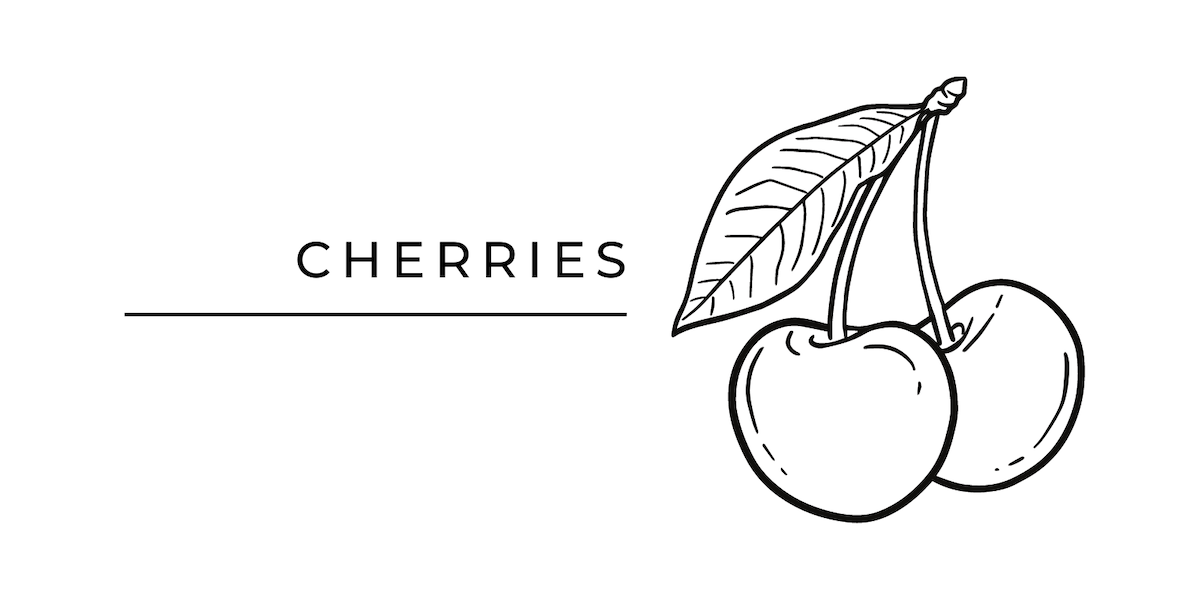
How to Buy Cherries
Cherries are truly nature’s candy. It’s impossible to eat just one. When buying cherries, I prefer grabbing a basket from the farmer’s market. Look for shiny skins with the stems still attached, and try to avoid any with brown spots. Most importantly, you want firm cherries as they will continue to ripen once you bring them home. Cherries perish quickly, so store them in the refrigerator.
What to Cook With Cherries
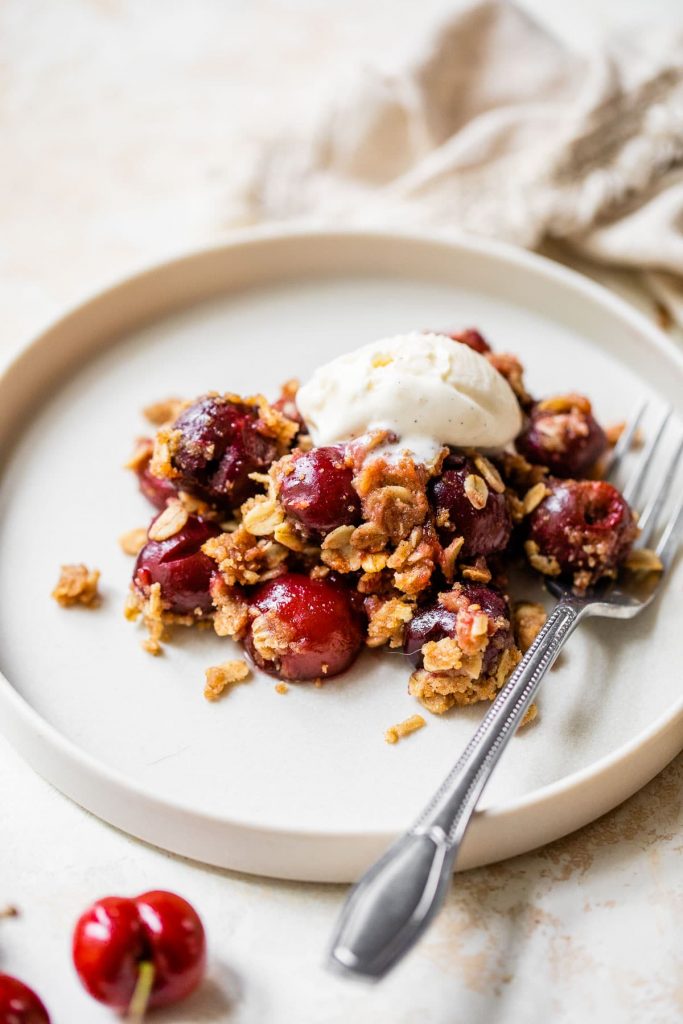
Cherry Crisp from Well Plated With Erin
Why We Love It: It wouldn’t be summer without a cherry crisp. While everyone has their own favorite crisp or crumble, this recipe will become your new staple. Promise. It’s nourishing, delicious, and has an addicting crumble topping. Serve it warm, of course, with a scoop of vanilla ice cream.
Hero Ingredient: While there’s plenty of room in our hearts for a filling that truly delivers (you can thank the cherries for that!), a crisp isn’t a crisp without a golden brown topper. The brown sugar’s caramelized goodness makes it happen.
Get the recipe for Cherry Crisp.
How to Buy Corn
Like cherries, my favorite way to buy corn is at the farmer’s market. If that isn’t an option, look for corn husks that are bright green, tightly wrapped against the corn. They should also be slightly damp. Make sure the husks aren’t starting to feel dry. Double-check for small brown holes, as those will indicate insects and should be avoided.
What to Cook With Corn
Roasted Corn, Chickpea, and Avocado Salad With Poblano Vinaigrette
Why We Love It: This is the perfect summer get-together salad. Whether you’re meeting friends for a picnic or can’t wait to celebrate your new backyard, this Mexican corn salad features all the good stuff—roasted poblano peppers, a good glug of fruity olive oil, and all the spicy, fresh herbs to give this salad all the summery vibes.
Hero Ingredient: It’ll always be the avocado.
Get the recipe for Roasted Corn, Chickpea, and Avocado Salad With Poblano Vinaigrette.

How to Buy Cucumbers
Look for firm cucumbers, without blemishes or soft spots (which can indicate that they’ve started to rot). Cucumbers should be dark green without any yellow spots.
What to Cook With Cucumbers
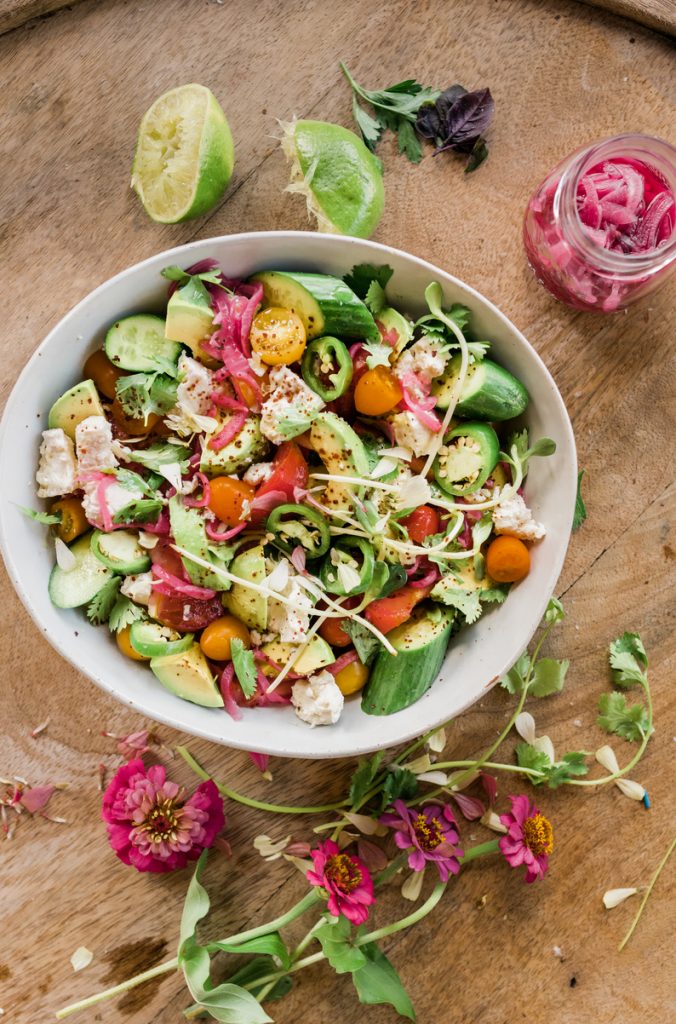
Tomato, Avocado, & Cucumber Salad With Feta
Why We Love It: Once all of the ingredients are chopped, this recipe comes together in no time. We love the crunchy-creamy interplay of the cucumbers and avocado, plus there’s nothing better than taking a big bite of salty, briny feta. This salad has a light and fresh flavor that pairs well with just about any summer main. You’re also welcome to enjoy it on its own, too.
Hero Ingredient: Pickled red onions are the secret magical ingredient that doubles down on both flavor and color. Their pinky hue is just pure joy.
Get the recipe for Tomato, Avocado, & Cucumber Salad With Feta.

How to Buy Eggplant
Eggplants should have smooth, shiny skin, are uniform in color and feel heavy for their size. To test for ripeness, lightly press your finger against the eggplant’s skin. If it leaves an imprint, the eggplant is ripe. Smaller eggplants tend to be sweeter, less bitter, and have fewer seeds.
What to Cook With Eggplant
Stuffed Roasted Eggplants
Why We Love It: Hear us out—this is the eggplant recipe to end all eggplant recipes. Roasting the eggplant whole gets the skins crispy and caramelized, and the center is a deliciously creamy treat. Truly egg-ceptional. With this stuff-and-roast technique in your back pocket, you’ll never have to wonder what to do with your bumper crop of eggplant ever again.
Hero Ingredient: The options are honestly endless when it comes to how you choose to stuff your eggplant. Figs, fresh mozzarella, pine nuts, and more. But our favorite? A simple quinoa stuffing will keep you satisfied with an easy, mostly hands-off dish. Vegetarians, rejoice!
Get the recipe for Stuffed Roasted Eggplants.
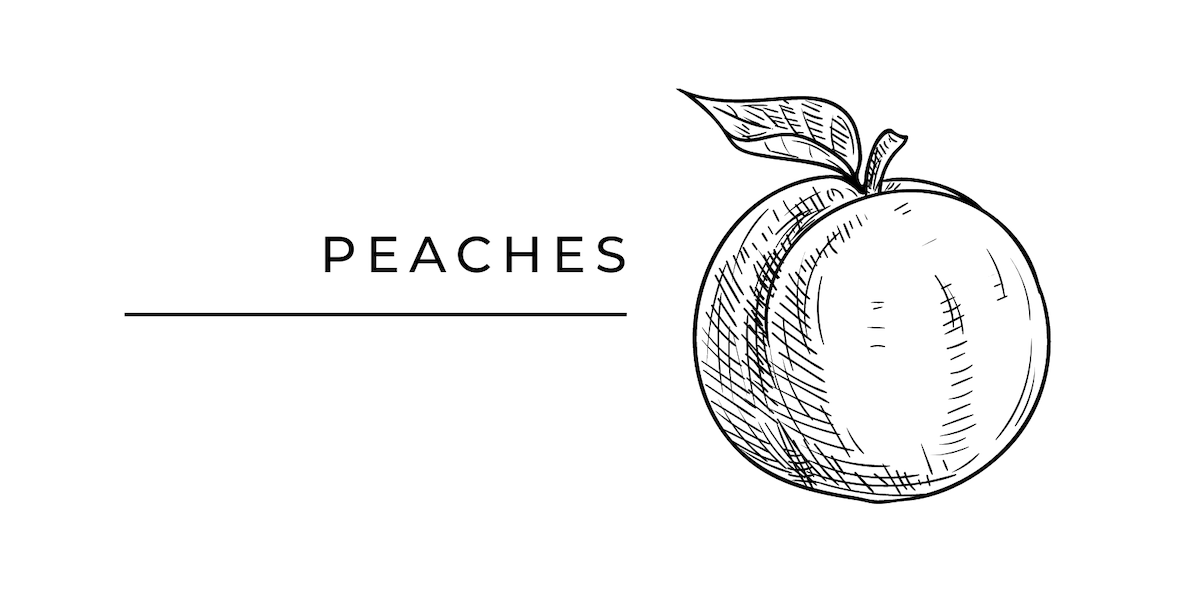
How to Buy Peaches
The best peaches have an even background color (golden-yellow or creamy-yellow), a well-defined crease, and are neither mushy nor too hard. In other words, avoid peaches that are green around the stem or have shriveled up. Also, pick them up and smell them. They should have a slightly sweet aroma and are round. A peach becomes round as it ripens.
What to Cook With Peaches
Honey-Grilled Peaches With Ice Cream
Why We Love It: If you haven’t thrown peaches on the grill, you’re missing out. It’s truly game-changing. While any (and all) stone fruit works here, the combination of peaches and cream is equally delicious as it is nostalgic. This dessert is also perfect for friends with dietary restrictions—it’s naturally gluten-free and easily made vegan.
Hero Ingredient: This is pretty light and virtuous as far as sweet treats go. But drizzling the peaches in honey after taking them off the grill makes this the summer dessert of our dreams.
Get the recipe for Honey-Grilled Peaches With Ice Cream.
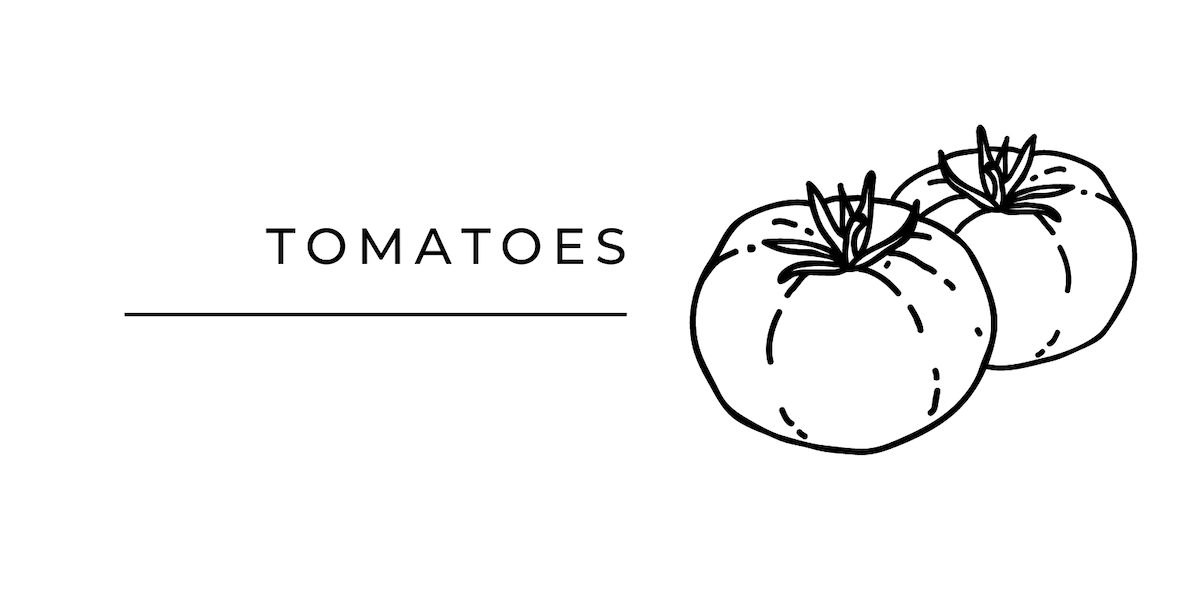
How to Buy Tomatoes
The difference between a winter and summer tomato is night and day. Nothing compares to a juicy, middle-of-July tomato. When buying tomatoes, look for bright colors and smooth skin. Avoid tomatoes with blemishes or dark spots. The tomato, like most produce, should have a good weight for its size. You want it to be firm yet soft and very aromatic (smell where the stem was attached).
What to Cook With Tomatoes

Summer Spaghetti With Tomatoes, Burrata, & Basil
Why We Love It: The search is over: this is your new favorite summer dinner. This dish couldn’t be more Italian—not only in flavor but in its pairing of ease and elegance as well. Camille created this recipe to satisfy many (Mediterranean-inspired) cravings. But number one on her list? Finding all the ways to make burrata a staple in our everyday diet. Tossing the pasta, veggies, and cheese together helps the burrata coat the dish in a creamy daydream. Dinner ASMR, delivered.
Hero Ingredient: Everything burrata touches turns to gold.
Get the recipe for Summer Spaghetti with Tomatoes, Burrata, & Basil.

How to Buy Watermelon
Fear not: Buying a watermelon is easier than you think. First, look for the yellow spot. Watermelons develop a splotch where they rest on the ground. When this splotch is creamy yellow, it’s ripe. If possible, give it a good tap. Tap the underbelly of the watermelon. A ripe one will have a deep hollow sound, which means it is brimming with juice and at the peak of its ripeness.
What to Cook With Watermelon
Watermelon Salad With Feta from Love & Lemons
Why We Love It: This simple, refreshing watermelon salad recipe is the answer to hot summer days. With feta, avocado, mint, and lime, it’s the perfect mix of savory and savory. It takes minutes to throw together, and it tastes incredibly refreshing. Try it once, and you’ll be making it all summer long.
Hero Ingredient: When June hits, we are craving mint’s fresh zing in all our dishes, desserts, and drinks. In this recipe, the herb pulls all the ingredients together. The result? A salad that tastes just like a summer day.
Get the recipe for Watermelon Salad With Feta.




